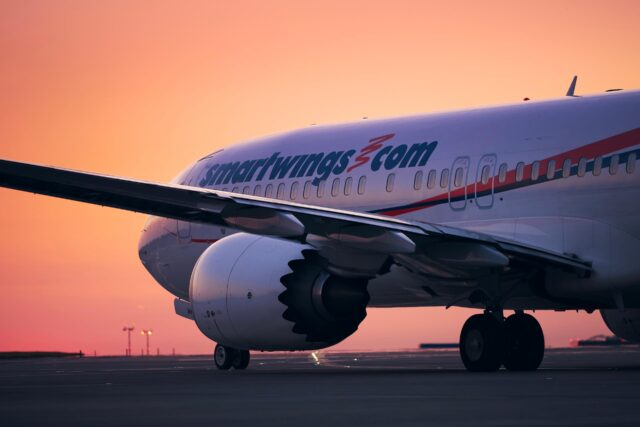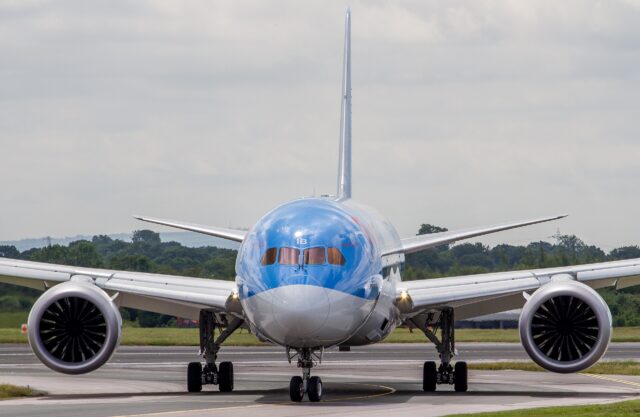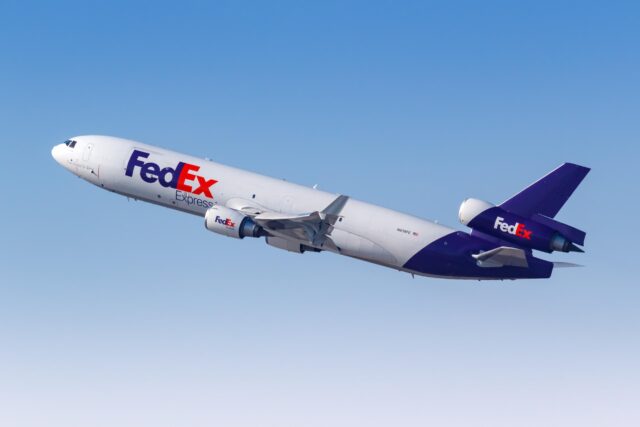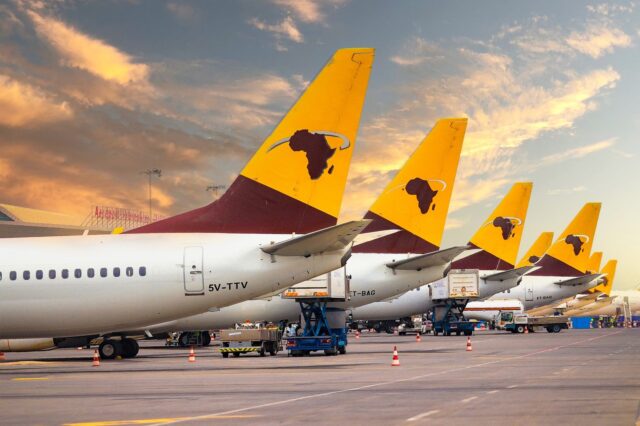US Air Force’s T-7A Red Hawk delayed to 2027 amid issues with ejection seats

October 2, 2025

Lingering developmental issues, including with its ACES 5 ejection seats, are delaying the T-7A Red Hawk’s entry into service. Even so, the first serial production examples are expected in 2026, ahead of entry into service in 2027.
T-7 Red Hawk
The Boeing-Saab T-7 Red Hawk is nearing the final stages of development and is expected to begin delivering serial production versions in 2026. As with many new aircraft designs, the type has seen delays since the Air Force selected it in 2018.

Boeing handed over the first test examples to the US Air Force in 2024, with Boeing reporting that it delivered two examples that year. Boeing did not record any deliveries for the first half of 2025. The aircraft is set to replace the Northrop T-38 Talon (based on the Northrop F-5) as the service’s advanced jet trainer.
Our T-7A #RedHawk ground-based simulator has successfully demonstrated connectivity between the simulator and an actual @USAirForce T-7A Red Hawk advanced trainer flying 130 miles away! This enables realistic training in both real and virtual environments. Let’s go fly! pic.twitter.com/HSF6I5gIWL
— Boeing Defense (@BoeingDefense) September 24, 2025
The Air Force had planned to purchase 14 serial production Red Hawks in FY 2025. In January 2025, that changed to four Production Representative Test Vehicles (PRTV). Boeing needs more time to work out supply chain woes, quality control issues, and problems with its ejection seat.
The Red Hawk is now expected to reach Initial Operational Capability in 2027.
Issues with the ejection seat
One of the key sticking points with the T-7A is the ejection seat, which has failed to meet minimum safety requirements for the Air Force’s airworthiness certification.

According to the Pentagon’s Office of the Director of Test and Evaluation (DOT&E) 2024 annual report, in February 2024, sled tests showed improvements at medium-speed ejections. But problems remain. In June 2024, a high-speed test resulted in the ejection seat sequencing correctly, but a seat hose interfered with the seat sequencer switch.
Additionally, during that test, the redesigned canopy fracturing system pattern did not function correctly. Per the report, for the seat to be certified, seven more sled tests need to be completed. It is unclear how many more have been completed so far in 2025.
✔ Climate chamber test
— Boeing Defense (@BoeingDefense) April 29, 2024
✔ Escape system test
✔ Flight control law 17.5
The T-7A Red Hawk triples progress by completing three recent milestones and propelling the program forward for the @USAirForce. pic.twitter.com/vRY3gBUprh
There are only two Western companies making ejection seats for all non-Russian and non-Chinese military aircraft. Those are the UK’s Martin Baker and the US’s Collins Aerospace. The Red Hawk is equipped with Collins ACES 5 ejection seats.
US Navy also looking for advanced trainer replacement
While the US military aviation industry is world-leading when it comes to aircraft like fighter jets, the picture is more complicated with trainers.

Meanwhile, the US Navy is also seeking a next-generation trainer jet to replace its T-45 Goshawk jet trainers.
For that naval contract, Textron is offering a variant of the Italian Aermacchi M-346, and Lockheed Martin is offering a variant of the South Korean KAI Golden Eagle. Both bid for the Air Force contract but lost to the Red Hawk.
Travis Tyler, President & CEO, Textron Aviation Defense, shares insights into the announcement of the @Beechcraft M-346N, an advanced jet trainer poised to meet the @USNavy's urgent need for a modern, integrated training ecosystem.
— Textron Aviation Defense (@TxtAvDefense) August 18, 2025
Read more https://t.co/8YkMrbJV8y#beechcraft pic.twitter.com/AfvMiPh6Lg
Meanwhile, Sierra Nevada Corporation is offering its new Freedom Jet, initially developed in partnership with Turkish Aerospace Industries, and Boeing is offering the Navy the Swedish-American Red Hawk.
One of the most popular turboprop trainers in the international market is the Swiss Pilatus PC-21 trainer. The US military’s Beechcraft T-6 Texan II trainer is a licensed-built version of the PC-3 variant.
















